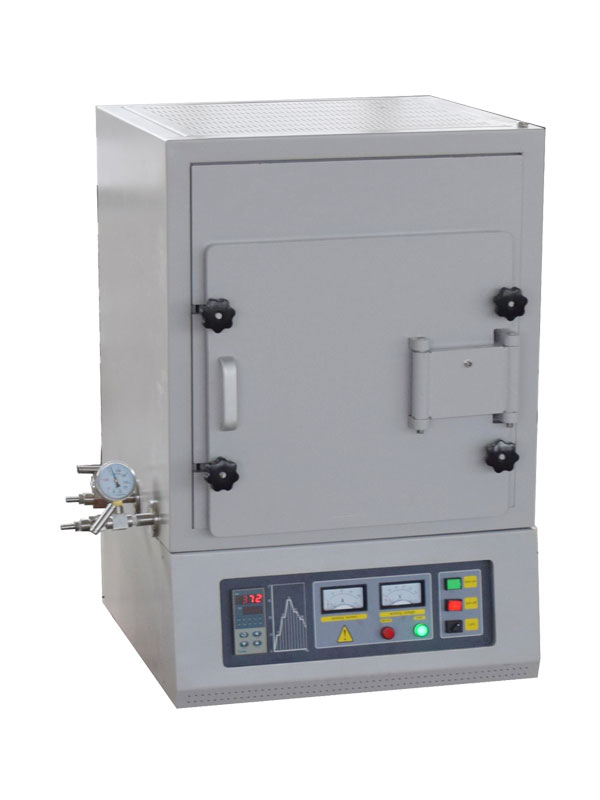How to choose a laboratory furnace?
There are a number of points that need to be considered while purchasing a new electrical resistance heated furnace.The main points like above.
Operating Temperature
Furnace Size
Furnace Geometry
Furnace Atmosphere
Furnace Controllers, Data Loggers and Computer Interfaces
Aesthetics
Operating Temperature
Firstly, one needs to decide on what will be the operating temperature that will be used frequently. It is definitely possible to obtain a furnace that spans a broad temperature range especially for laboratory purposes but then cost factors have to be considered. One needs to research a bit more and the user may accept that most of their processes require only a particular maximum temperature, which is more practical and definitely more economical.
Temperature Ranges Based on Heating Technology
Test and
laboratory furnace can be classified into three temperature ranges depending on their heater technology.
·This temperature range is based on wire heating element technology and extends to a maximum of 1300°C, although certain special use applications claim up to 1400°C.
·The second group is based on silicon carbide (SiC) heating elements and has an upper range of 1550°C.
·The third group is based on molybdenum disilicide (MoSi2) heating elements that can reach temperatures of 1750°C and can be used with caution up to 800°C.
It should be noted however, that with an increase in temperature, the prices also increases.
Clarification Between Furnace and Kiln
The terms furnace and kiln can be used interchangeably in a broad sense. To be more specific, the term kiln is used in the cement and ceramics industry while the term, furnace is used in general heating, metal characterization and metallurgical processing applications. Hence based on the industry, the term kiln or furnace may refer to the same unit.
Furnace Size
When purchasing a new
laboratory furnace one must consider whether there is a chance of future expansion in the near future. A furnace may be ordered with specific working dimensions for current projects, but future plans may require a larger unit. Keeping in mind, cost restrictions and time frame, it is wise to consider buying a large unit during the initial purchase itself. It is possible that by doubling the working volume, the cost may drastically increase or maybe not as much but you can never be too sure unless one gets a price quote.
In case future projects need a higher temperature unit then several factors must be evaluated. The cost involved with a increased temperature range, a larger size unit due to the need for insulation, and also one must consider the present normal operating temperature parameters with regards to issues of maintenance, consistency and temperature uniformity when compared to a higher temperature unit. Furnaces are designed to operate with high efficiency and uniformity at their specified operating temperature. It is again not a wise decision to purchase a high-temperature furnace when you actually need a low- temperature one as this will create operational issues with temperature uniformity and process control.
Furnace Geometry
The furnace geometry is the next point to be considered. A box unit is ideal for loading samples in a batch operation while a tube unit is ideal for a continuous application such as gas conditioning or material characterization testing that takes place inside of a process tube.
Box Furnaces
There are additional options to be considered with each style. A box unit may have a simple front door either vertical or hinged side swing or for certain applications an elevator type or a bottom loading unit may be required in which the samples are arranged on a base, which is raised into the furnace bottom.
Tube Furnaces
With tube furnaces, either a split tube of a solid tube can be chosen. In case the application requires repeated access to the internal heated chamber, then a split tube is the right choice. The solid tube unit will provide a flatter section of radial uniformity and will cost 20% less. In cases where the samples have to be shielded from direct radiation from the heaters, the solid tube unit can be made with an in-built diffuser as an integral part of the heating structure, while the split tube must have a separate unit installed and supported. Instead of a flat uniform temperature in the working area, a known temperature gradient is essential across the work area. In this case, a tube furnace is highly advantageous.



